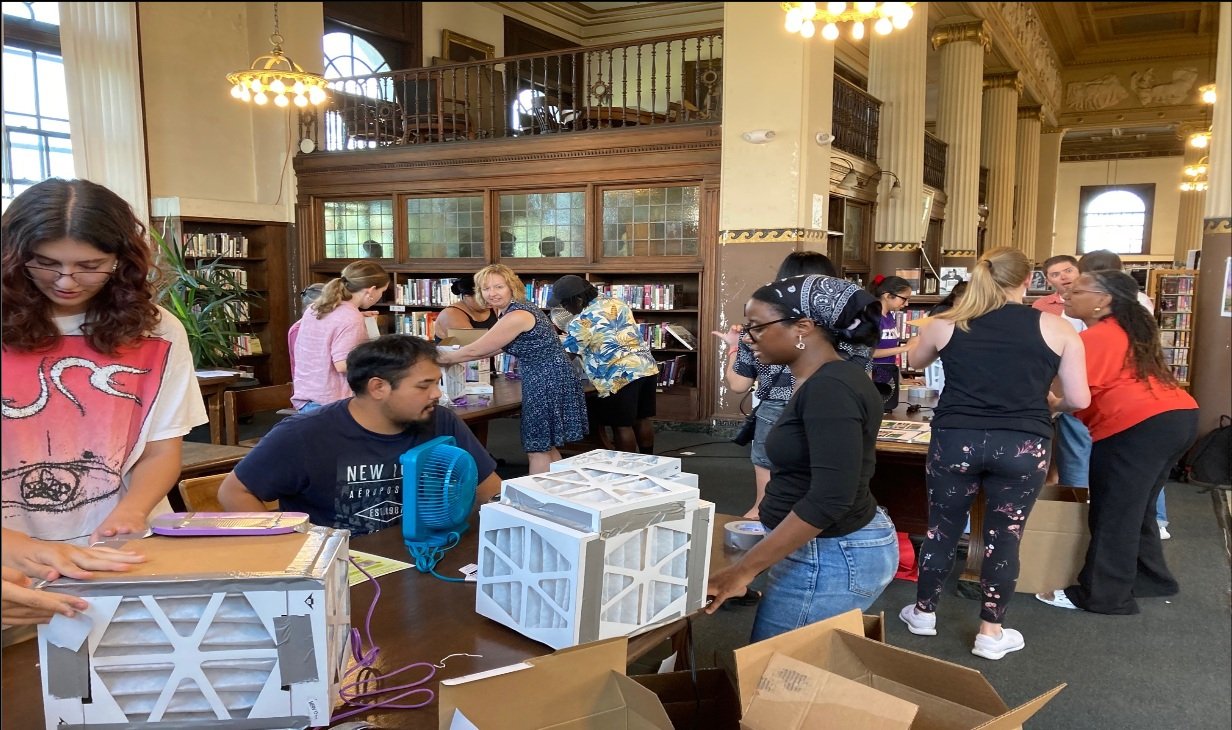Emphasizing Environmental Justice in Environmental Education
By Aissata Barry
Environmental education is a valuable learning framework that connects students with the natural world. However, many current frameworks fail to acknowledge the intricate relationship between socioeconomic status, race, and environmental issues. One example of a complex issue is air pollution, which disproportionately impacts low-income communities of color and places them at a higher risk of respiratory and cardiovascular illnesses. These vulnerable communities are often not centered in scientific research or policy making decisions. In order to be effective, air pollution education needs to utilize an intersectional lens.
Aissata’s project employed two pedagogical approaches—culturally-responsive teaching and place-based learning—to engage residents of Providence, RI. Through this work, Aissata designed hands-on educational activities and materials that served to connect residents’ lived experiences to hyperlocal air pollution data available from the Breathe Providence project. These activities and materials were developed to be accessible to individuals with varying knowledge levels and seek to demystify scientific language and concepts found in academic literature and spaces.
Methodology guiding Aissata’s community engagement
Aissata teaching residents how to build a Corsi-Rosenthal home air filter at Knight Memorial Library
Advertisement Flyer for Community Workshop
Spanish Translation of Instructional Guide for Constructing a Home Air Filter
Aissata’s work was used at four community engagement events in South Providence, a predominantly Hispanic and low-income neighborhood. Two workshops were hosted at public libraries for participants to make their own Corsi-Rosenthal boxes, a low-cost and effective air filter, using free materials provided by Breathe Providence.
The other two workshops were with Groundwork RI’s Green Team summer youth program. In the first session, participants used AirBeams, a low-cost handheld air sensor, to observe particulate matter (i.e. smoke and soot) levels in their neighborhoods. In the second session, participants discussed case studies of Breathe Providence data collected in South Providence.
By providing resources and knowledge through an intersectional lens, participants were empowered to build a strong connection with their local environment, gain confidence in advocating for environmental justice, and develop a sense of agency in building sustainable and inclusive communities. Ultimately, through this work, Aissata aimed to re-position vulnerable community members, primarily youth, as active actors of change within their communities.



